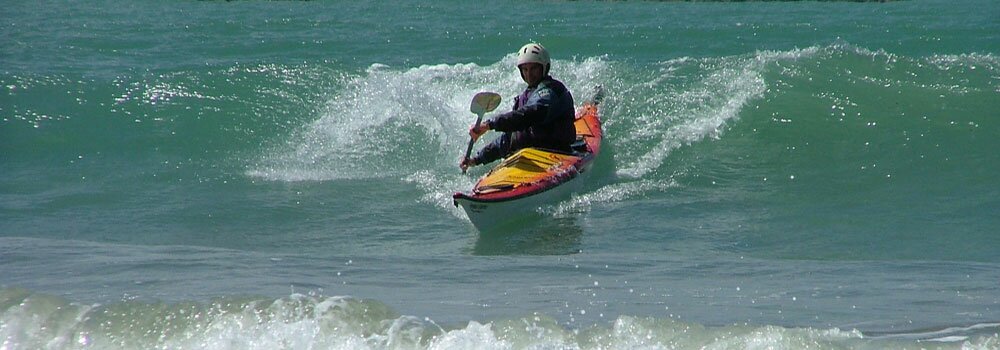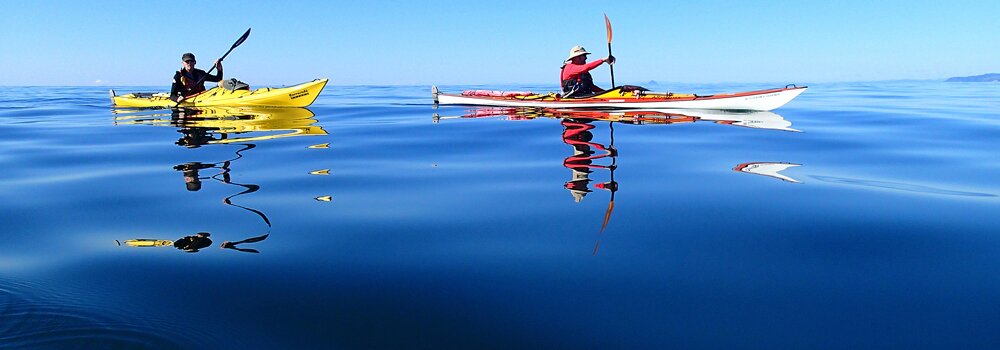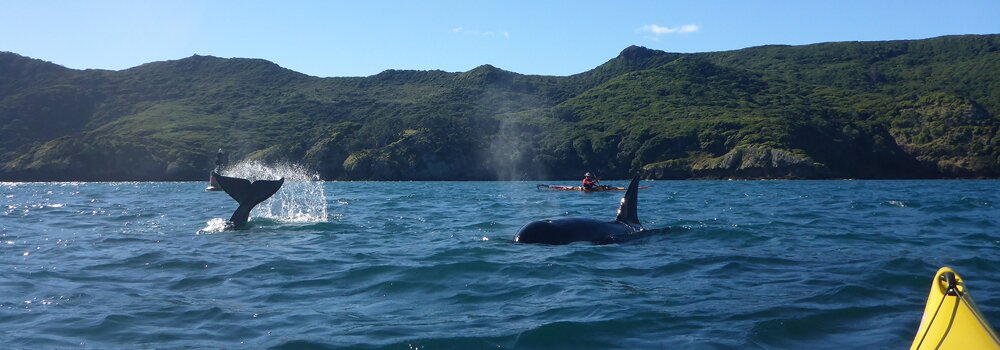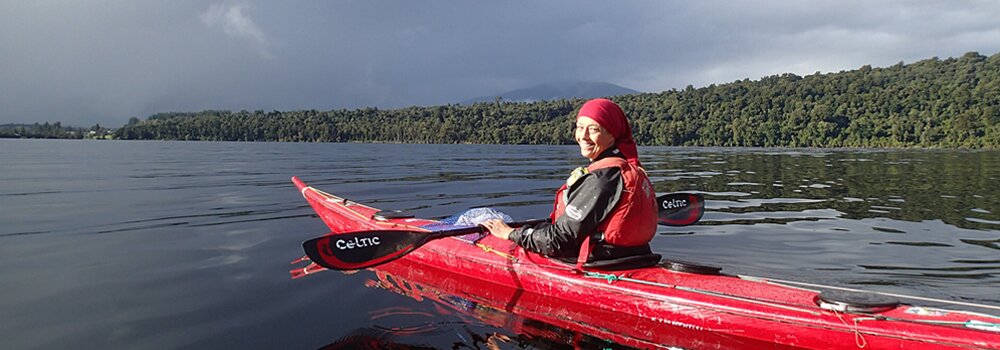Flying With a Stove
Have you ever wanted to take your camping stove with you by air but were afraid that the latest attitude towards such things would make it impossible?
How to and the requirements of some of the airlines are given below
Use the form AirNZ – Camping stove form PDF (45KB) from Air New Zealand. To confirm that this form is current you might want to phone them, just in case.
The following items are from the web sites of the airlines noted. (as of 17 Aug 2010)
Air New Zealand
AirNZ – Guide to dangerous goods
Camping stoves and fuel containers that have contained a flammable liquid fuel, may be carried provided the fuel tank of the camping stove and/or fuel container has been completely drained of all liquid fuel and one of the two following actions has been completed:
1. Ventilate the empty fuel tank for a minimum of 6hrs
OR
2. Add Cooking Oil to the empty fuel tank and swish around for about 15 minutes until the smell of the fuel has been completely removed
The item must then have the cap securely fastened, be wrapped in an absorbent material, sealed inside a plastic bag and then placed in your checked baggage.
Approval of the operator(s) is required
Permitted in or as checked baggage
Virgin Pacific
Virgin Pacific Blue – Dangerous goods
Camping Stoves and Fuel Containers that have contained a Flammable Liquid:
These items may be permitted as checked-in baggage as long as the fuel tanks are totally drained and action taken to nullify the danger. You must tell the check-in agent that you are travelling with these items. Note: Contact Virgin Blue, Pacific Blue or Polynesian Blue Guest Contact Centre on 13 6789 for further details on the process required to nullify the danger.
QANTAS
QANTAS – Dangerous goods
Camping stoves and fuel containers that have contained a flammable liquid fuel.
With the approval of the operator, as checked baggage only, camping stoves and fuel containers for camping stoves that have contained a flammable liquid fuel may be carried provided the fuel tank of the camping stove, and/or fuel container has been completely drained of all liquid fuel and action has been taken to nullify the danger.
To nullify the danger, the empty fuel tank and/or container must be allowed to drain for at least 1 hour, the fuel tank and/or container must then be left uncapped for a minimum of 6 hours to allow any residual fuel to evaporate. Alternative methods, such as adding cooking oil to the fuel tank and/or container to elevate the flash point of any residual liquid above the flash point of flammable liquid and then emptying the fuel tank and/or container, are equally acceptable. The fuel tank, and/or container must then have the cap securely fastened and be wrapped in an absorbent material such as paper towel and placed in a polyethylene or equivalent bag. The top of the bag must then be sealed or gathered and closed.
NOTE: This exception is NOT applicable to items with internal combustion engines eg. lawnmowers, chain saws, brushcutters etc. These items are not permitted for carriage as baggage – and maybe won’t concern kayakers.
KASK's aims are to:
1. Promote and encourage the sport of sea kayaking2. Promote safety standards
3. Develop techniques and equipment
4. Deal with issues of coastal access and protection
5. Organise sea kayak forums around the country
6. Publish the Sea Canoeist Newsletter and the KASK Handbook




